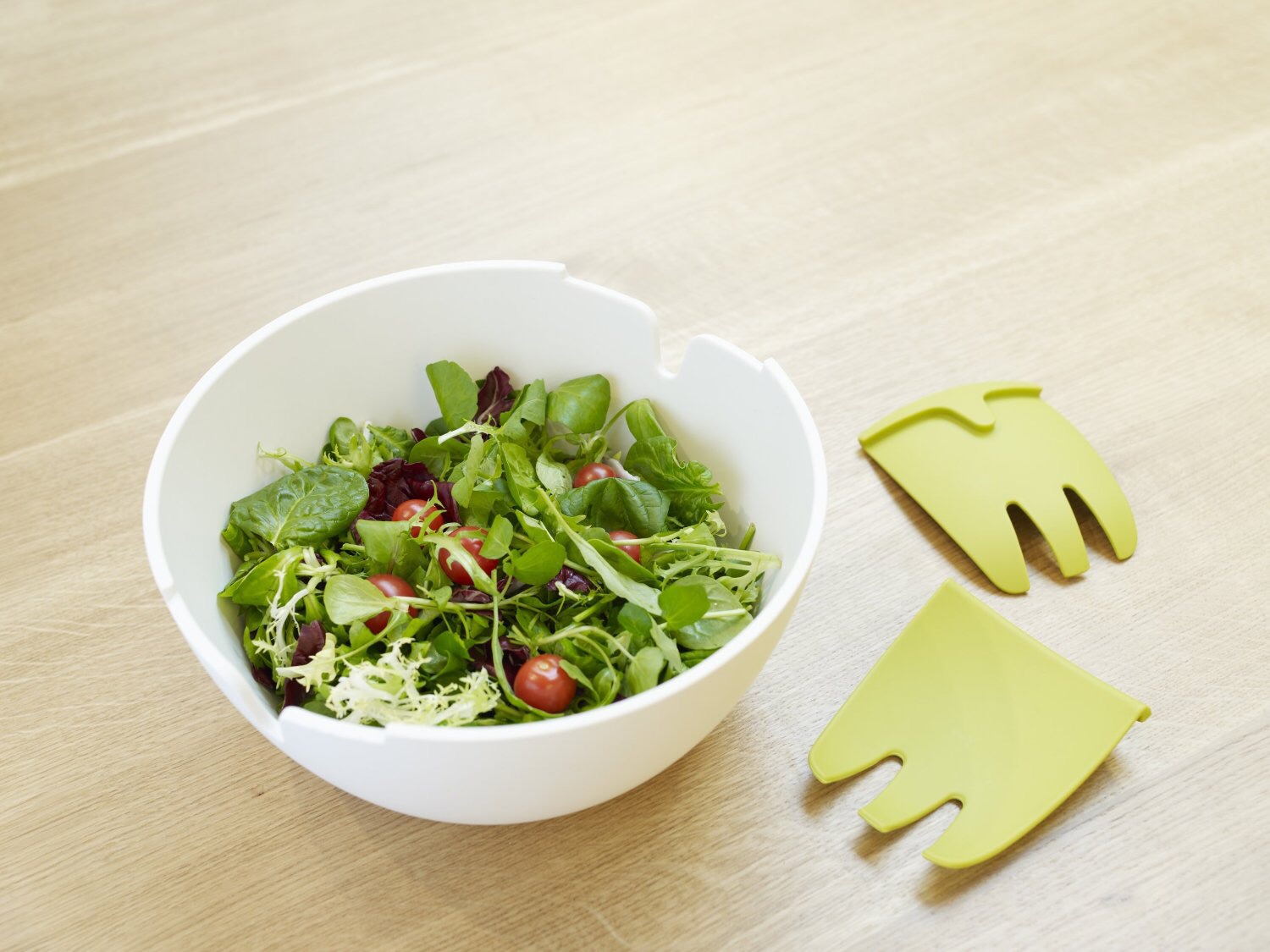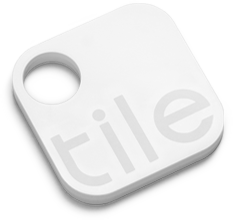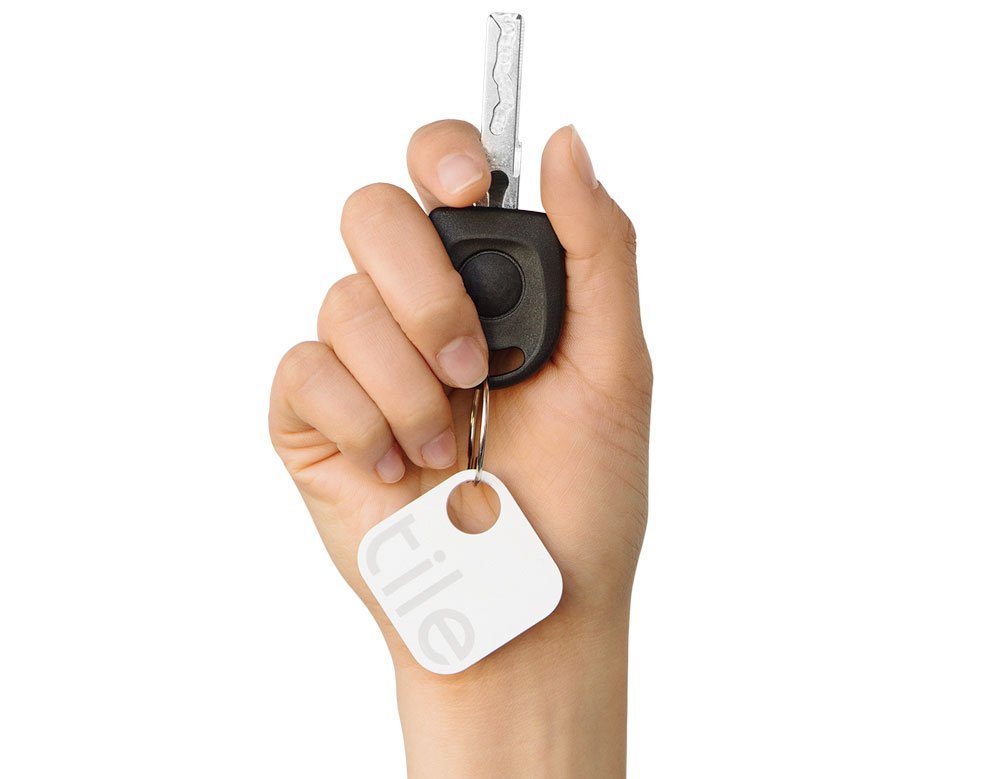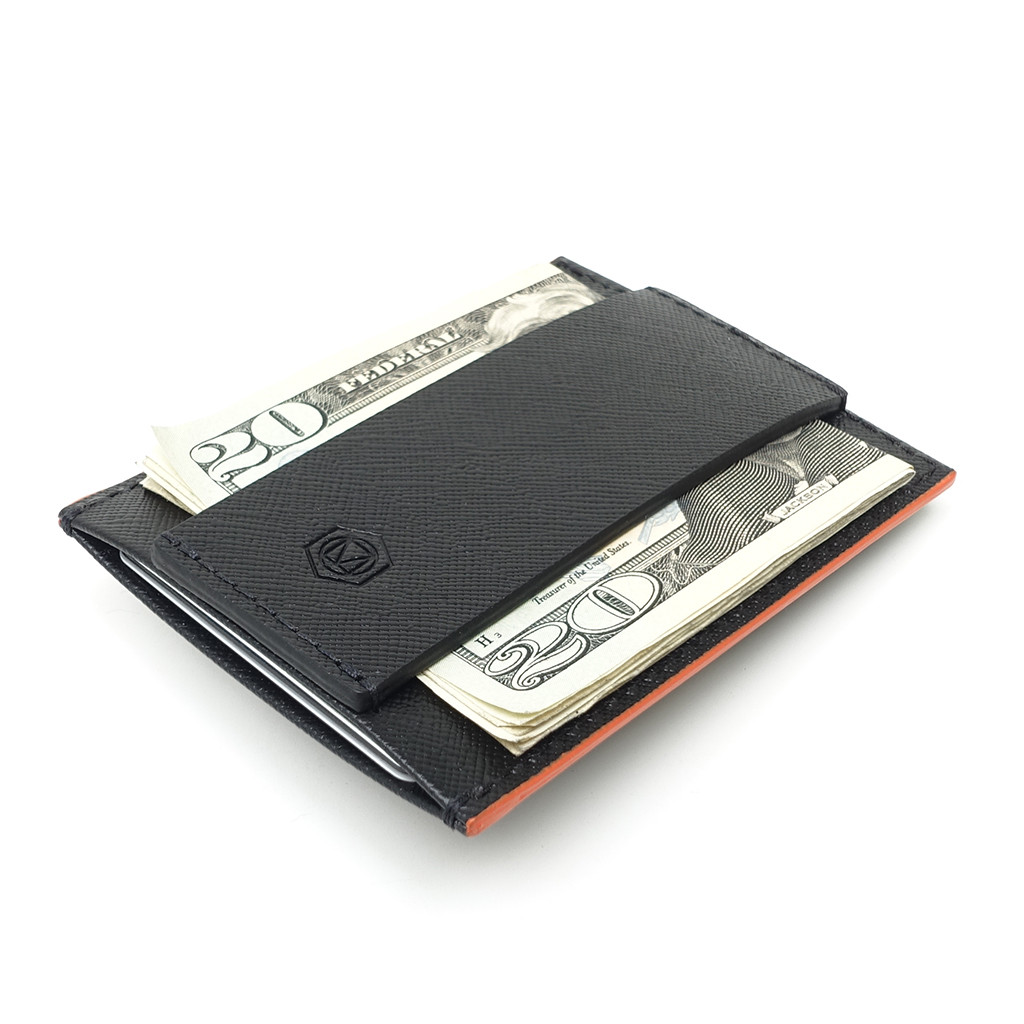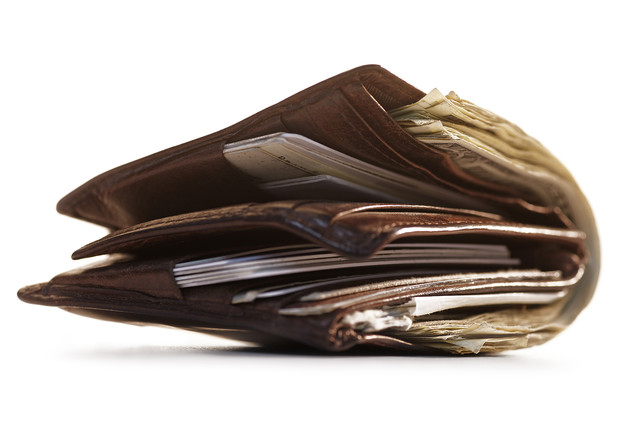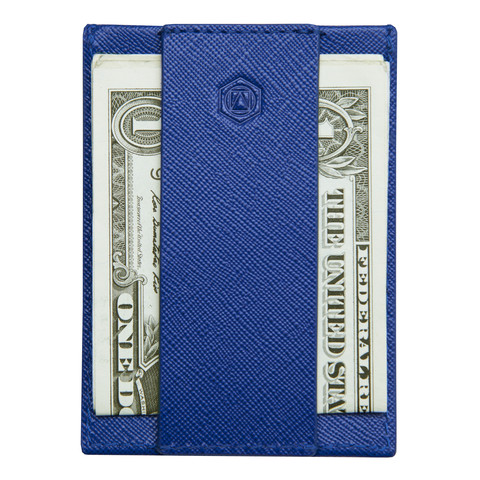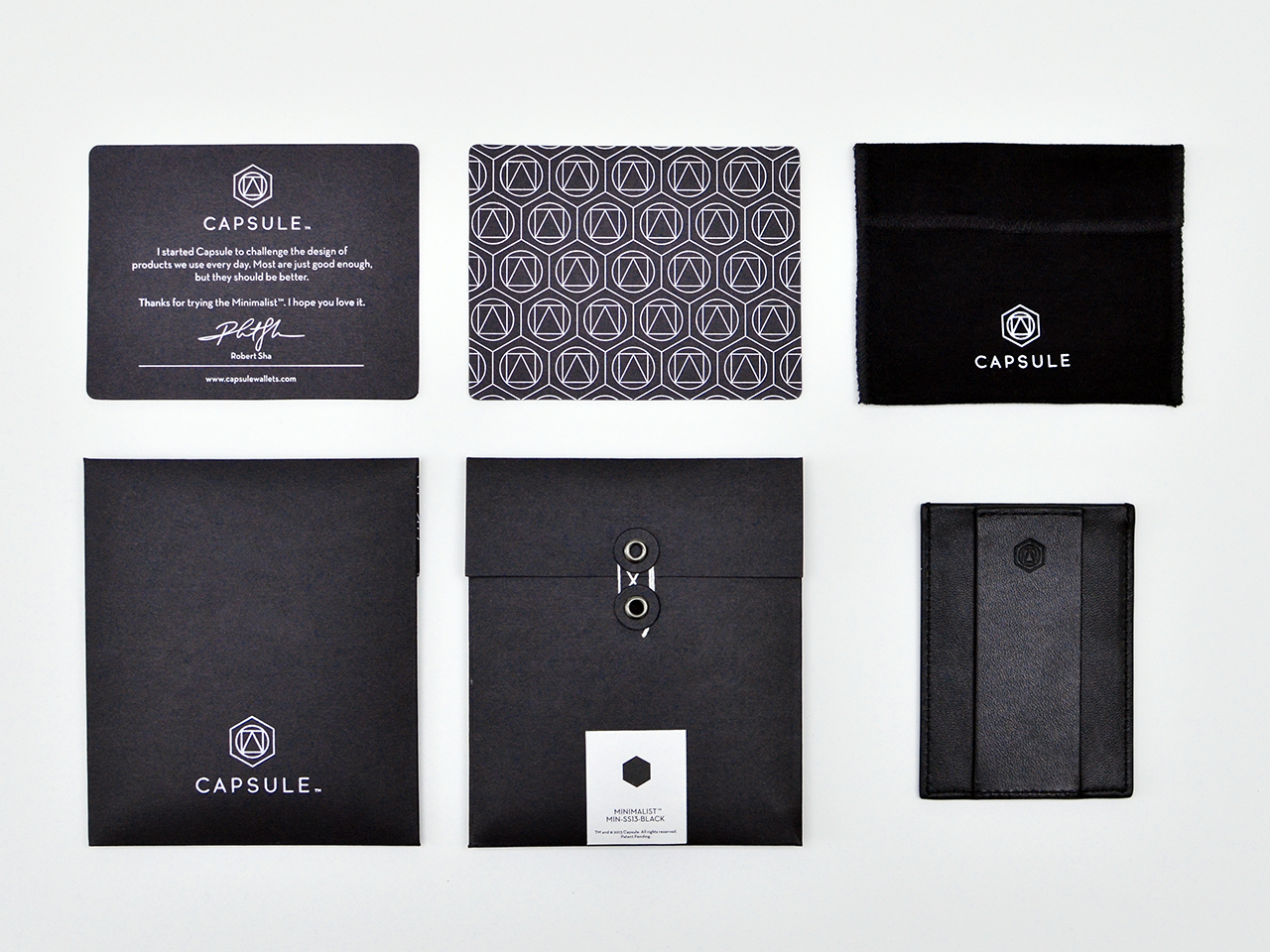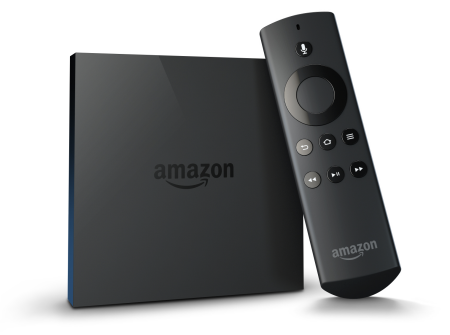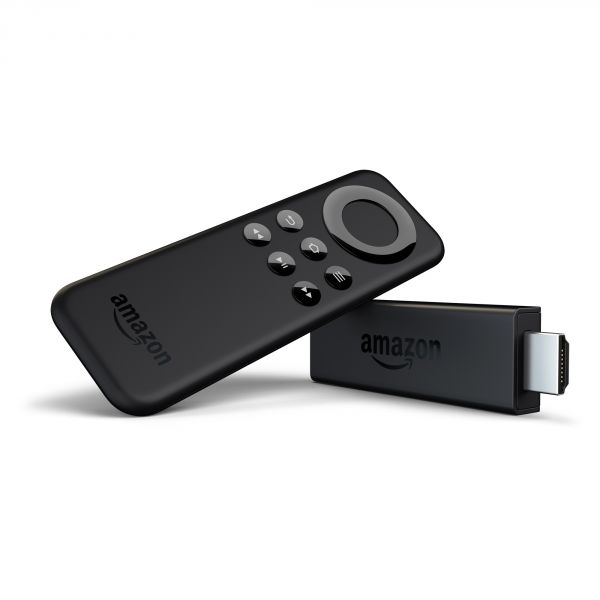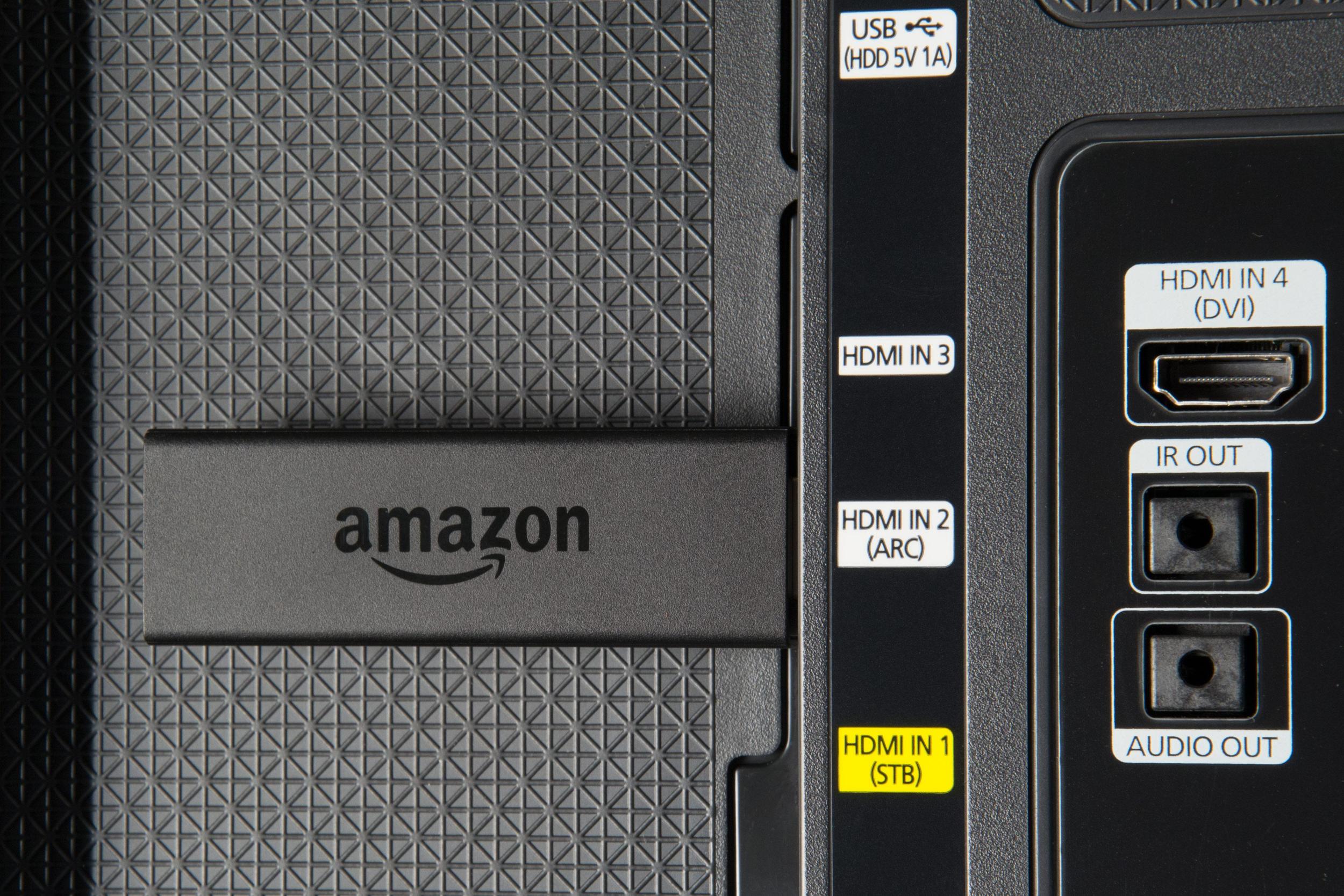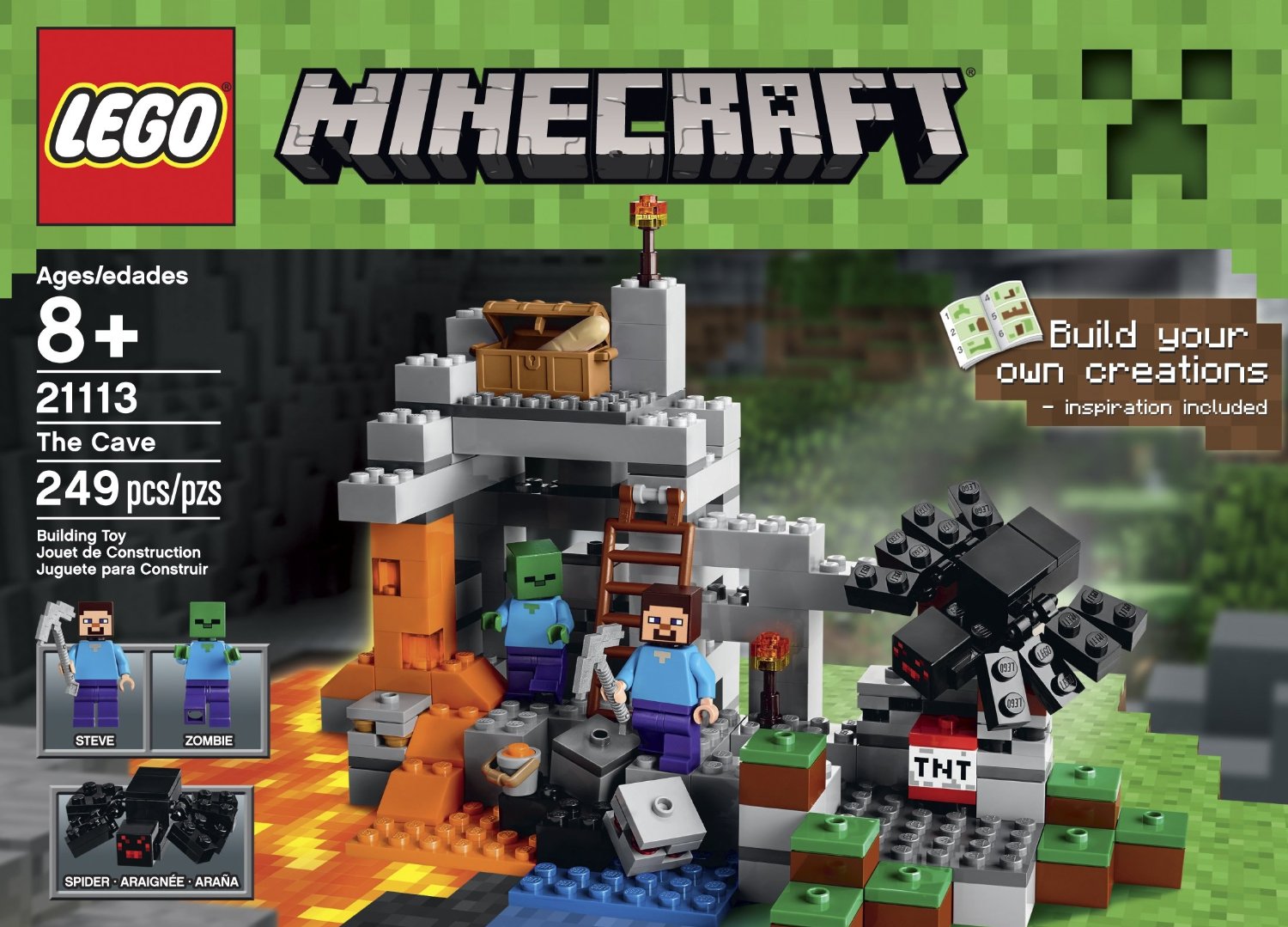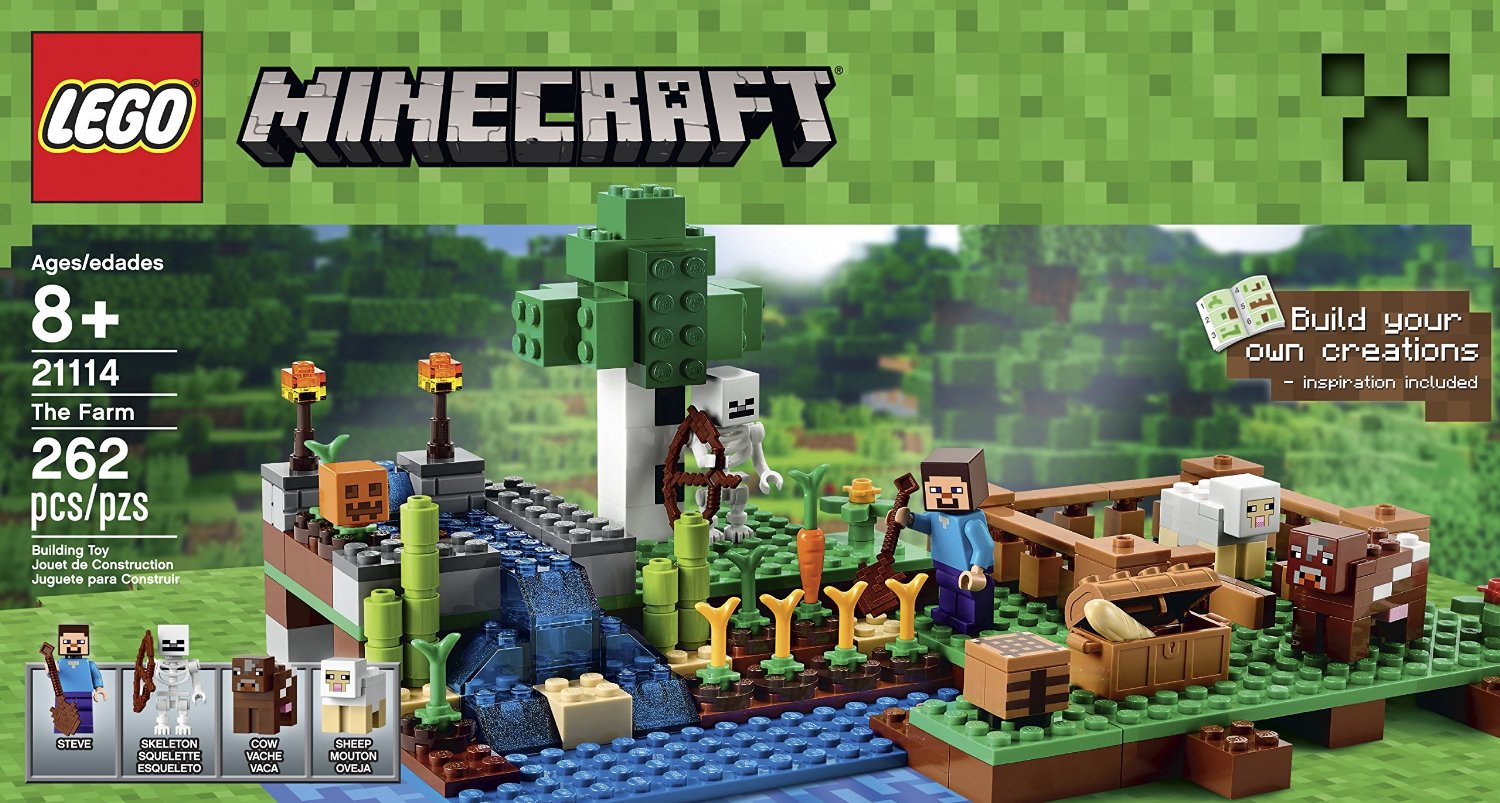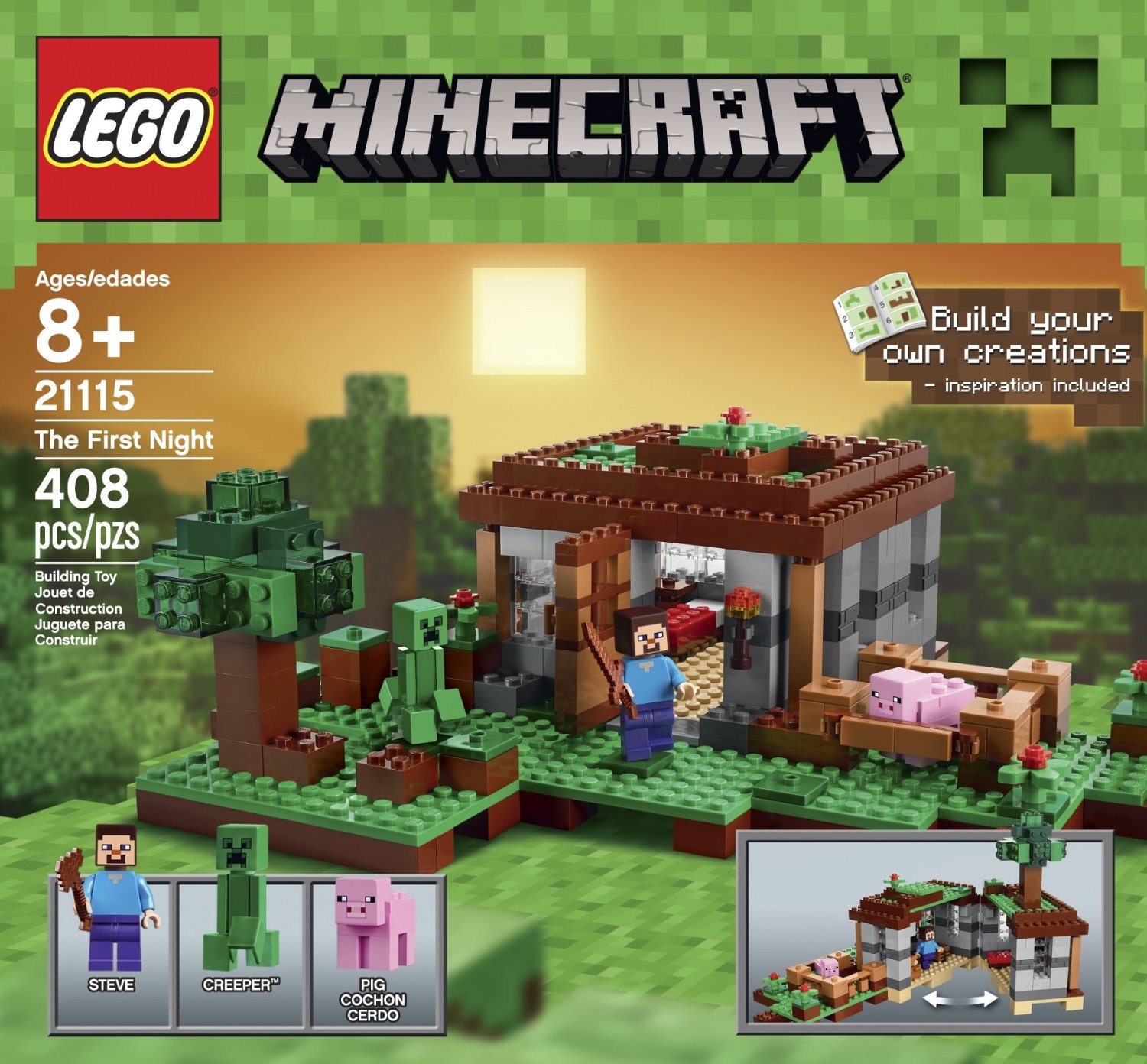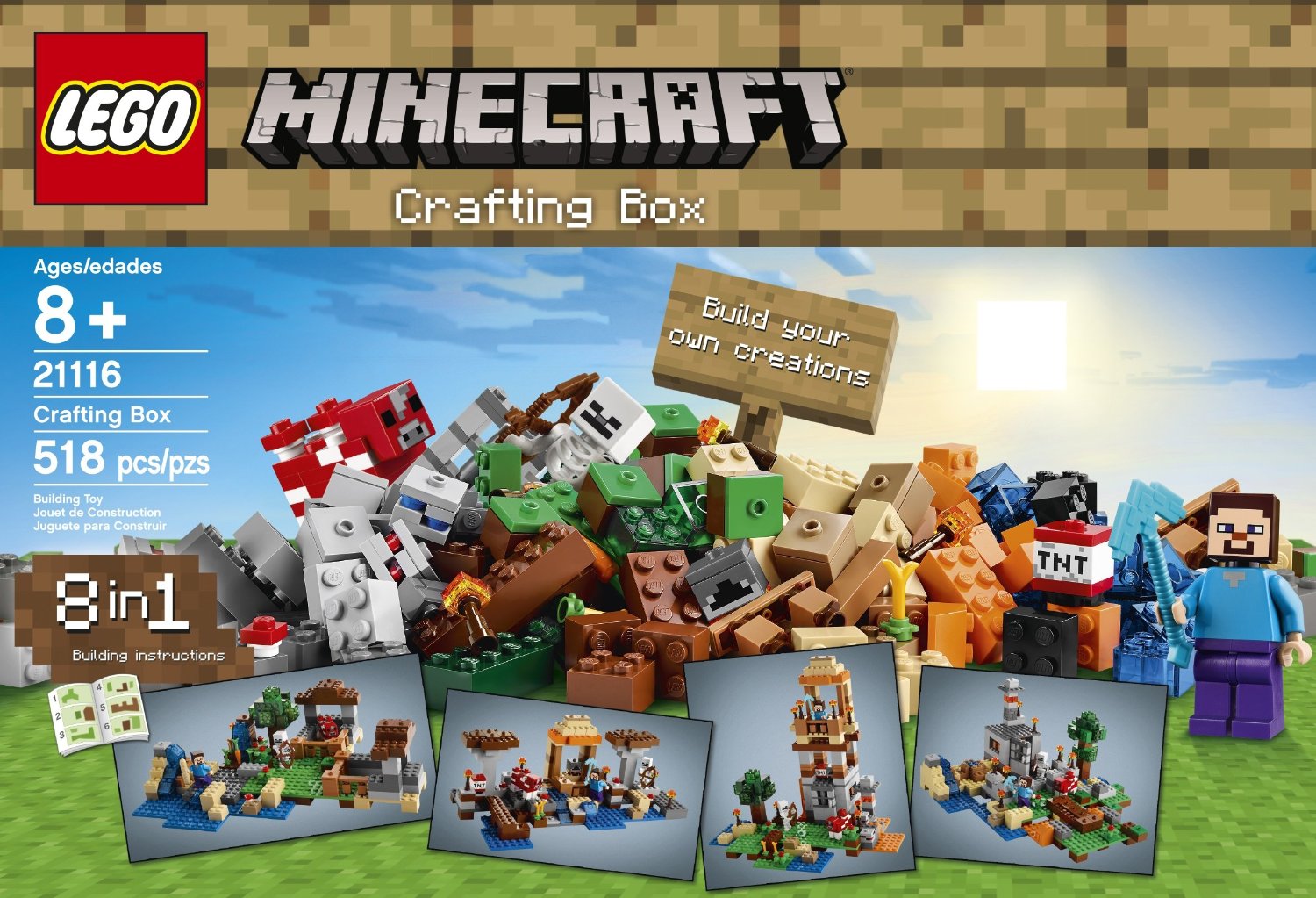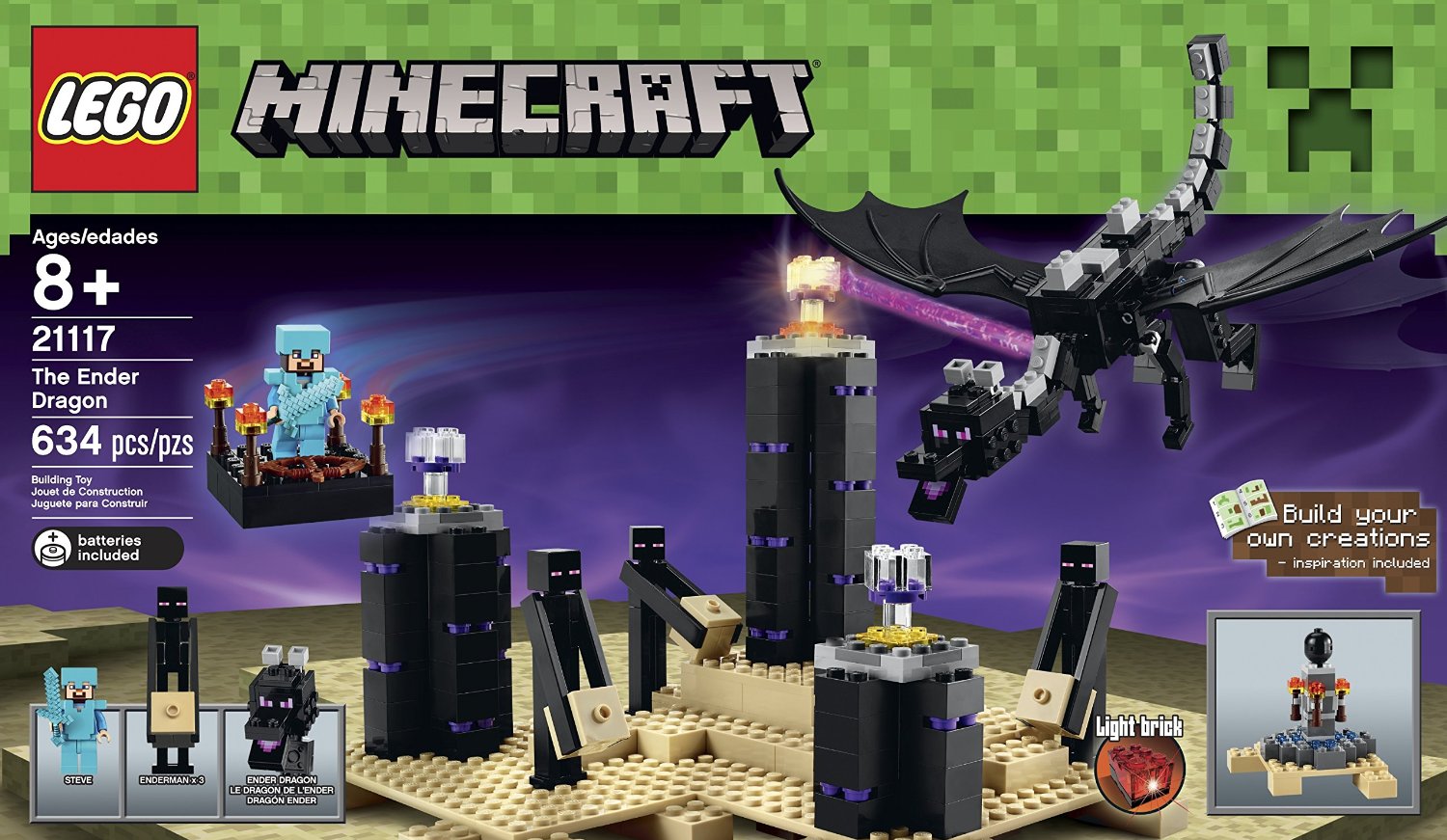You Need a Budget - 5 stars
If I could give something 6 stars I would. I've been debating how to write this post for over a year. The reason is that it's hard for me to express just how valuable a piece of software has been to Lora and I. For most of my life (as long as I've had a computer) I've delegated the task of balancing my checkbook and then managing all my finances to some kind of program. First Quicken, then Microsoft Money, then Mint (which Intuit, the makers of Quicken purchased) then Quicken, and finally, after many long years of being a book keeper, I started using You Need a Budget (YNAB) and it's transformed how we manage our money.
The approach that I generally took to managing money prior to this looked something like this:
- Make sure that I meticulously entered or tracked every transaction
- Paycheck gets deposited 2x month (for 2 people, so 4 deposits)
- Allocate 100% of that money to pay expenses (money mostly already spent)
- Pay off credit cards every month (and not really know how my credit card spending rationalized against available funds)
- Squirrel away some money for bills that are not due every month (Life Insurance, Property Taxes etc)
- Pray that I got this all right
- Cover any "overspend" on the credit cards, which almost always happened as spending money on a credit card does not immediately reconcile against your actual positive balance
- Move money around from various accounts to make it all work and occasionally rely on "windfall money" to cover a bunch of things
At the end of the year, I would look at categorized spending and usually go "meh" I guess that is what it is. I didn't really learn anything, and I wasn't really connected to our money. I did this for most of my life. Like a robot. An unhappy one.
Also, I wasn't really doing what I should have been doing, which is having a conversation with Lora about:
- What are our "fixed expenses" that our current lifestyle requires from us, and is that right? Should we make changes?
- What are our "savings goals" each month above and beyond things like retirement and savings that get taken out of our paycheck. Things like 529 plans, IRAs, vacation savings
- What's "left over" for us to spend in the form of discretionary income?
I was really getting no value from tracking all our income and expenses and it was quite a lot of work. I was getting pretty frustrated with Mint.com and then Quicken at the time. And I hated the word "Budgeting"....
Budgets
Most people here the word Budget and run screaming. For many this means "you can't spend money because it's not budgeted" or "you are spending more money than you really have" so the though of dealing with this reality is equally painful.
You Need A Budget is a computer program, and yes, it has the word budget in it. That evil loathed word. Every budget I ever created in Microsoft Money, Quicken or Mint was largely ignored and caused massive frustration and eventually abandoned. But You Need a Budget is not a computer program. It's a philosophy of managing your money.... really living and existing which you all use money to do. You apply income to establish and manage your family, your hopes and dreams, your existence, meals, education, basics. So shouldn't you consider what "system" you are using to do all of this?
You Need a Budget
For many of you, you stopped reading already (sorry!). I know this article isn't meant for everyone. But if you are still reading, I'm now going to discuss how I use YNAB and how it works.

The YNAB Methodology
- Rule 1 - Give every dollar a job
- Rule 2 - Save for a Rainy Day
- Rule 3 - Roll with the Punches
- Rule 4 - Live on Last Month's Income
The most profound of these two rules is #1 and #4. I recommend reading a bit about this.
Give every dollar a job
Take a look at every account that you'd consider "liquid". Now every one of those dollars should have a job. Some of it for the mortgage, some for kid's clothes, some for "college savings" and so on. You don't leave a single dollar behind.
Live on Last Month's Income
This was the biggest "aha" for me. You don't do this:
- Get paid
- Pay off bills, spending all income from #1
- Go 15 days broke
- Repeat
What happens if you get in a car wreck, your crown cracks (like mine did last night), you need a new suit for a job interview. You "borrow" by putting it on your credit card and worry about it later? Pay from next month's income? Repeat this cycle?
I don't know about you, but that kind of stuff stresses me out. How then I can in good faith have some discretionary income that I feel good about spending knowing that there are all these things that can require immediate funds? How can you save enough for vacation so that when you go on vacation you are not increasing that credit card balance without actual money you have set aside?
I wasn't really making choices.
Hidden behind the smoke and mirrors of transactional tracking and "magic budgeting" software was this reality that the day to day decitions I was making with my money were not really grounded in any thoughtful approach.
An Example
So, living on last month's income means the following. Lets say you get paid $2000 every pay check. You get paid twice a month. So that's $4000 each month.
So, in the month of December you have $4000. You allocate that money to January. You do your budget for January. You allocate 100% of that $4000 by giving every dollar a job. Lets say you allocated $200 for restaurant, $200 for groceries, $100 for personal spending. The rest is allocated to all your other categories. In the end you have allocated every dollar leaving you with $0 to budget for January.
Now January rolls around.
- You spend $198 on restaurants (against a $200 budget)
- You spend $100 on groceries (against a $200 budget)
- You decide to splurge and get yourself a nice gift that costs $150 (against a $100 budget)
So what happens? Well you have $2 left in restaurants, $100 left in groceries and you only budgeted $100 for personal spending, but you want to spend $150 on a gift. Easy, simply shift your budgeted money around to cover it. You can move $50 from groceries to personal spending.

The point here is that you thought about this, made some tradeoffs and had the money. YNAB treats each budget item like it's own mini account. For some of you who have heard of the "envelope" budget system this is similar. Thing of all the "jobs" for your money as each having their own envelope. You are taking income from last month, and putting all those dollars into different envelopes. Then when you spend money (in any way, cash or credit) you are immediately removing it from that envelope. The job is done.
In the example above, you paid for all these things with a credit card. When you buy with a credit card it acts like that money is spent right away. This means that your credit card balance doesn't matter. You are accounting for that spending right way. It also means that when you get your credit card bill there is nothing to worry about. It's all accounted for. The key to YNAB is that doesn't matter how many accounts you have, or where the money is. YNAB doesn't care about accounts, it cares about how much you budgeted and what you spent that month. THIS IS A BIG DEAL. This is what makes YNAB so unique, simple and powerful.
Another example. Say you pay a life insurance premium every year. It's $600. Well you budget $50/mo into the life insurance category and when the time comes to write the check you'll have $600 in there untouched. You really don't have to do anything fancy to "protect" that money over the course of the year. At any time you'll know how much you have budgeted and that's the "job" of that money each month. You can apply the same thing to property taxes, charitable giving, car maintenance etc.
So to summarize some key things
- You are putting aside all the income from the current month, to be budgeted for next month
- You are spending money in that next month and reducing the balance in the budgeted categories
- Credit Card, Checks, Cash is all accounted for the same way
If you "go over" and spend more than you have budget, this is what the other 2 rules cover.
YNAB Software
I could go on and on. But I'll stop. This article is already long enough.
The YNAB website has tons of info, training material, education.
It’s Not Just Software. It’s a Mission.
However, the software is dammed good. How does it work?
- Download the Mac or PC desktop app
- Download the app for your iPhone or Android phone (for both you and your spouse)
- Put your budget in Dropbox (the only way to sync)
- Optionally download the iPad app which is a good substitute for the Mac or PC app
The software is very elegant and simple. All you need to do is record every transaction and assign it to a budget. Lora and I do this on our phones.
A lot of software geeks go "bleh". You mean no automatic importing of my OFX data direct from banks and credit cards? I mean I like mindlessly importing stuff days or weeks after the fact where the damage is done, and then clean it up later (you can tell I'm a bit judgmental here as that was once me).
You record your transactions when you spend money. The iPhone apps makes this trivially stupid easy. it even uses location data to make recording future transactions easy by selecting the merchant you are physically at.
Final Words
January 1, 2015 is a great time to start. First of the year means that if you stick with it, you'll have a year of data at the end of the year which makes budgeting easy.
When Lora and I first starting using it, we had a conversation at the end of each month on how we did against our budget and then budgeted fro next month. It took less than an hour and was a good conversation to have. These days the system is so dialed in we don't even bother.
And I no longer stress or worry. We have a healthy "rainy day" fund and know how to use it now to cover all sorts of expenses. Every vacation is paid for before we go on it, every christmas present was paid for using money budget starting in January. We know where our money is going, how much we are saving, and we can safely say we feel good about our situation because we can see it clear as day.
Oh, and a minor other little thing. We have a single checking account now and spend all our money on a single credit card. It turned out multiple accounts just made everything complicated and turned out to be unnecessary. You may find the same as well. I've not looked at or cared about how much is in the checking account for over a year and the credit cards get paid via auto-pay (full balance) every month. Financial auto-pilot.
So, if you've gotten this far, congrats. Truth is I could have written a lot more but I'll stop. If you are at all intrigued by this go and kick the tires. Use this URL to download YNAB
You'll get some money off the purchase if you chose to buy and I'll get a referral. They have a 14 day trial, and great email content, videos and help.
If there was one piece of software I could not live without, it would be this.
★★★★★ Exceptional. A spectacular product.


